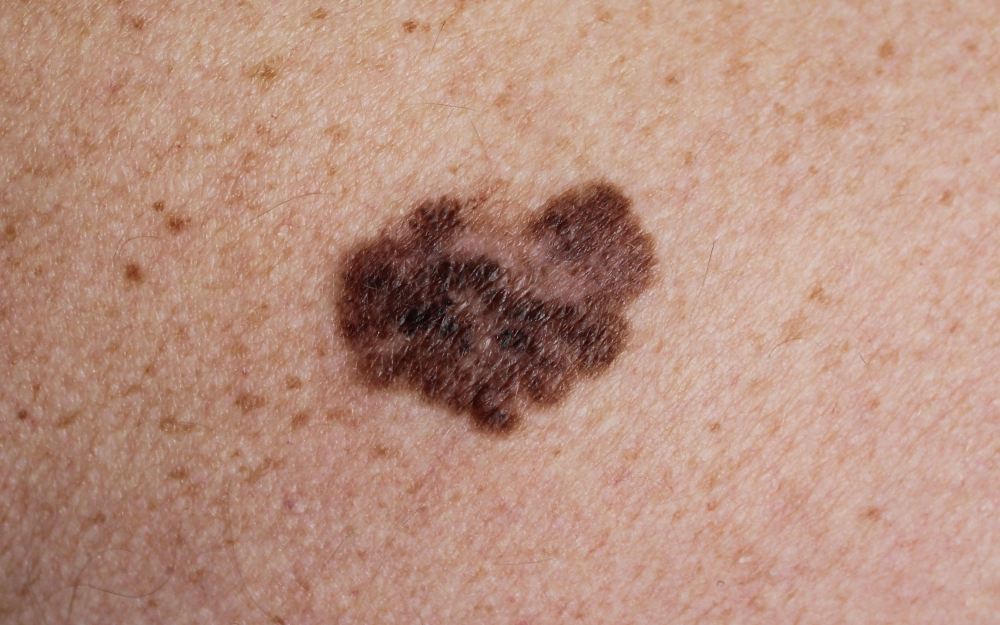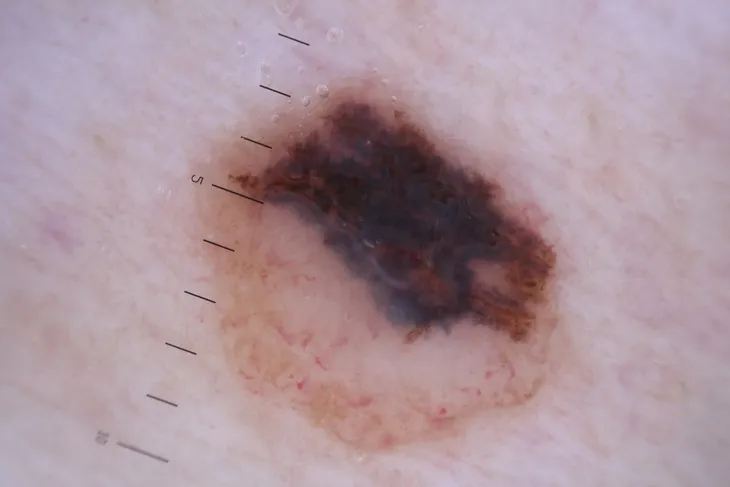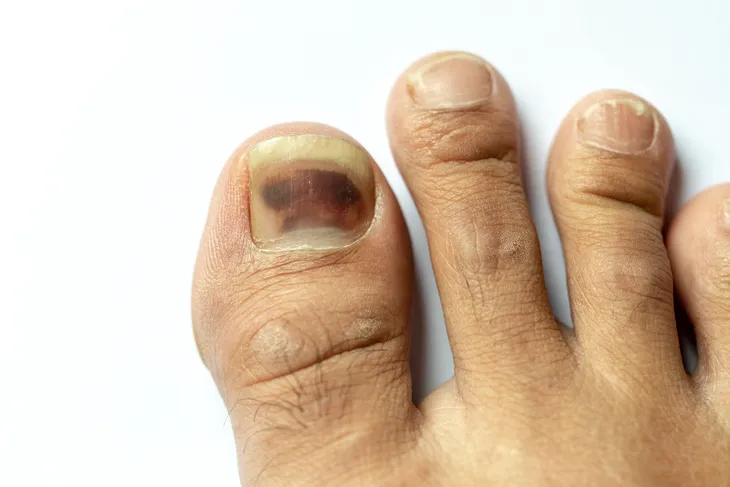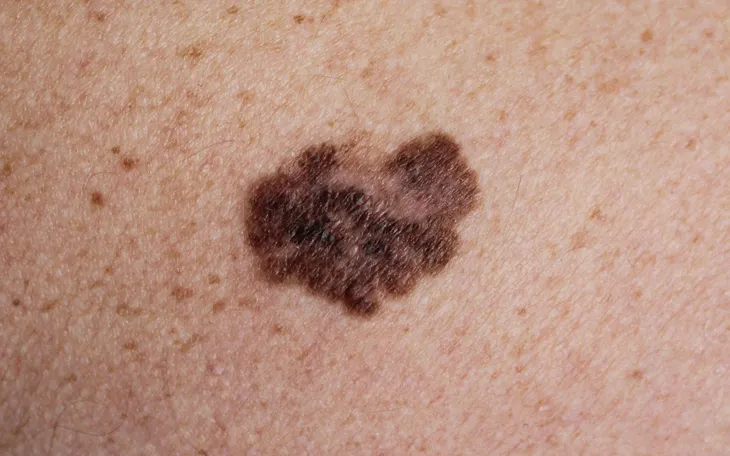Cancer of the skin is by far the most common of all cancers. Current figures indicate that one in five people in the United States will develop skin cancer by the age of 70. Every hour, two Americans die of the disease. Whilst melanoma only accounts for approximately one percent of American skin cancer cases, it is particularly aggressive and responsible for a disproportionate number of deaths.
Despite its grievous mortality rate, 99 percent of people diagnosed with melanoma survive more than five years beyond diagnosis. Catching the disease in its infancy is the key to successful treatment.
What Is Melanoma?
Melanoma is a type of skin cancer that has the potential to spread to other organs. This cancerous growth occurs when cells known as melanocytes mutate and reproduce at an unhealthy rate.
If left unchecked, the growth may then metastasize to other areas of the body. The most common sites for metastases are the:
- Armpits
- Groin
- Neck
- Around the gut
- Between the lungs
Melanoma becomes markedly more difficult to treat and the mortality rate significantly increases as the disease spreads around the body. It does this far faster than other forms of skin cancer.
Prevalence
The Skin Cancer Foundation projects that over 200,000 people will be diagnosed with melanoma in 2021. Of those diagnosed, approximately 7,180 will die of the disease.
Although lifestyle choices play a part in a person being diagnosed with melanoma, so do gender, age, and race. It is estimated that 4,600 men and 2,580 women will die of melanoma. However, in the over-50 demographic, melanoma is more common in women.
In the United States, melanoma is 20 times more common in white people than African Americans. The lifetime risk of contracting melanoma per ethnicity are:
- White: 2.6 percent or one in 38.
- African American: 0.1 percent or one in 1,000.
- Latino: 0.6 percent or one in 167.
Across all demographics, the risk of diagnosis increases with age.
Types of Melanoma
There are four main types of melanoma, each with its own set of characteristics.
1. Superficial Spreading Melanoma
Superficial spreading melanoma (SSM) is the most common type of melanoma. It accounts for approximately 70 percent of all recorded cases in the U.S.
This type of melanoma is called “superficial” due to its tendency to grow outward from the body across the surface of the skin, rather than inward towards the bones and organs. SSM tends to appear on the center of the body, as well as the arms and legs.
2. Nodular Melanoma
Nodular melanoma (NM) is the second most common type of melanoma, responsible for approximately 20 percent of all cases.
Unlike SSM, NM grows down through the skin layers before spreading across the surface of the body. This causes it to spread far faster than all other forms of melanoma.
3. Lentigo Maligna Melanoma
Most commonly seen in older people, lentigo maligna melanoma (LMM) usually occurs on areas of the body exposed to the sun’s rays. Like SSM, LM grows outward over the skin before growing in towards the bones and organs.
4. Acral Lentiginous Melanoma
Acral lentiginous melanoma (ALM) is most prevalent in patients with dark skin, such as African Americans, Hispanics, and Asians. Unlike other forms of melanoma that mostly affect areas of exposed skin, ALM mainly occurs on the soles of the feet or under the fingernails.
Signs and Symptoms
The American Cancer Society asks people to look out for the following two symptoms to catch the disease early and increase the chance of successful treatment:
- A mole, lump, or growth on the skin that is changing color or shape.
- A spot that looks different to any other spots on your body.
Always remember the ABCDE rule:
- A is for Asymmetry: One half of a mole or birthmark does not match the other.
- B is for Border: The edges are irregular, ragged, notched, or blurred.
- C is for Color: The color is not the same all over and may include different shades of brown or black or sometimes patches of pink, red, white, or blue.
- D is for Diameter: The spot is larger than six millimeters across, although melanomas can sometimes be smaller than this.
- E is for Evolving: The mole is changing in size, shape, or color.
Risk Factors
There are several risk factors that will increase your chances of contracting melanoma. They are:
- A family history of the disease
- Having fair skin
- Regular exposure UV light or radiation
- Repeated sunburn
- Having lots of moles
- Living high above sea level or close to the equator
Treatment
Treatment tactics depend on the stage of the melanoma and where it’s located on the body.
There are five main courses of treatment available:
- Surgical removal of the affected area
- Chemotherapy
- Radiotherapy
- Immunotherapy
- Personalized therapy
If you have any concerns or further questions, or if you think you may be suffering from melanoma, please contact your doctor.












